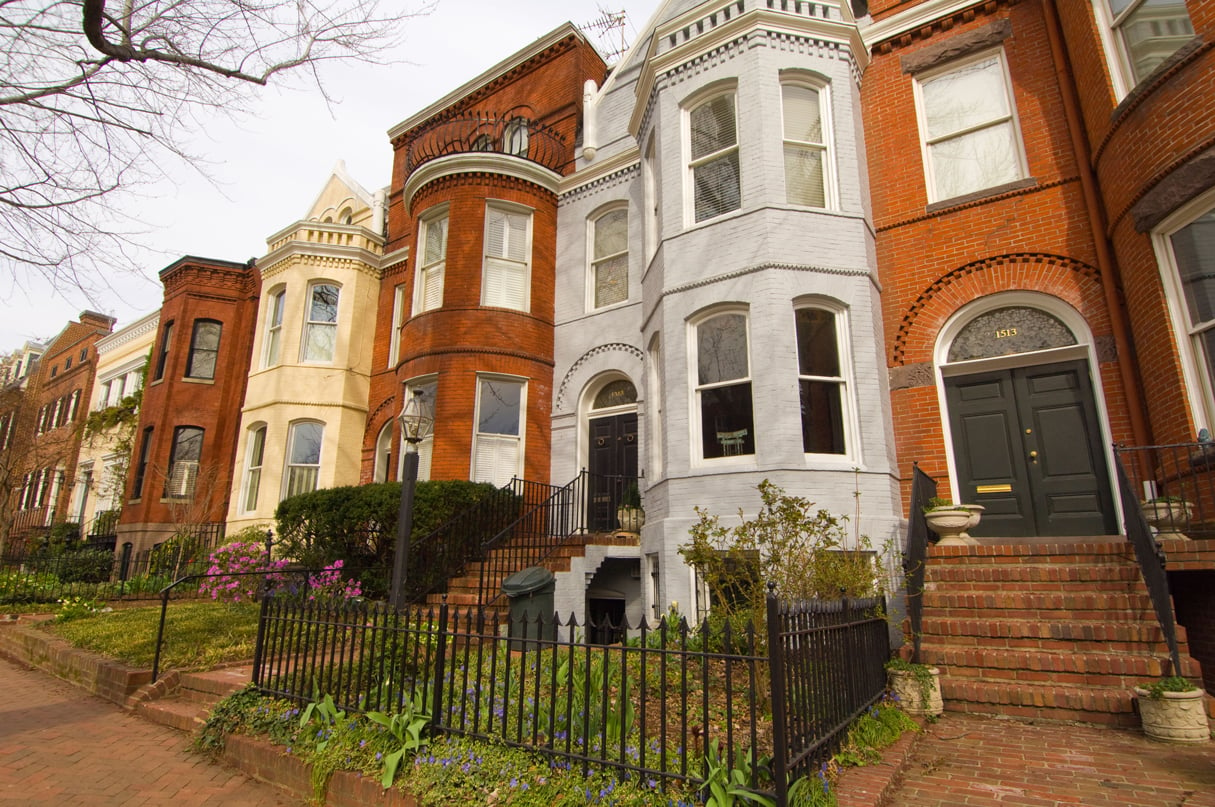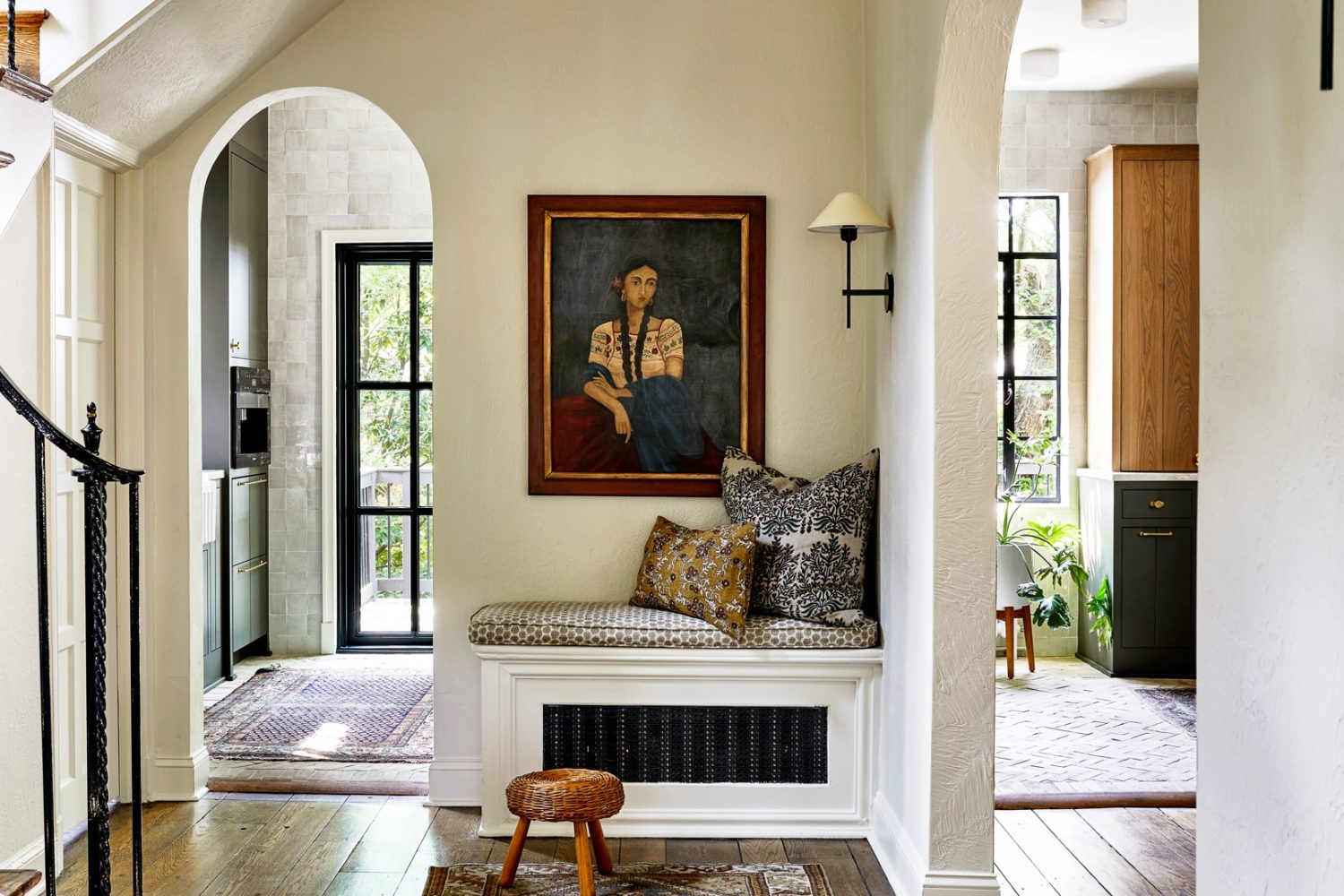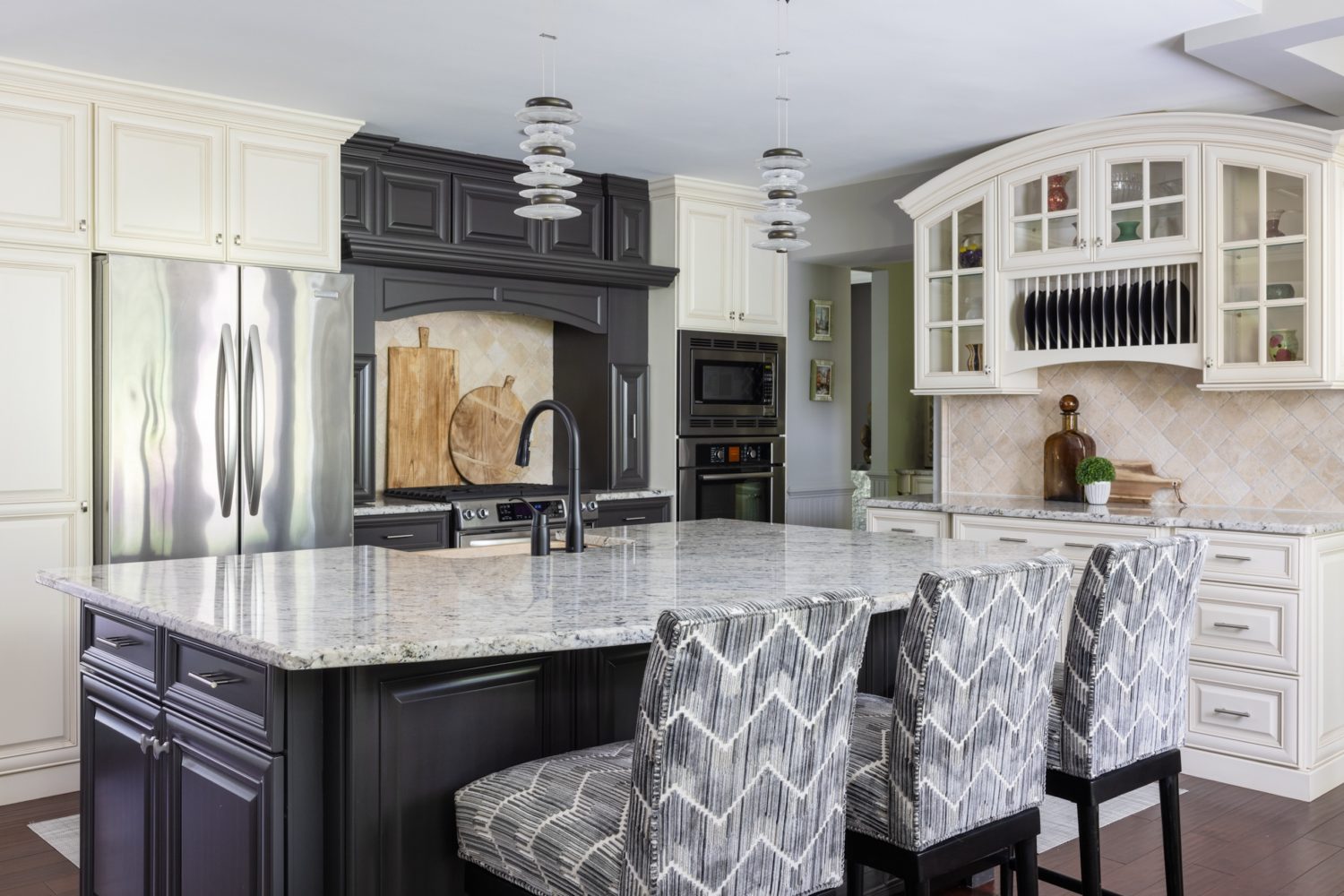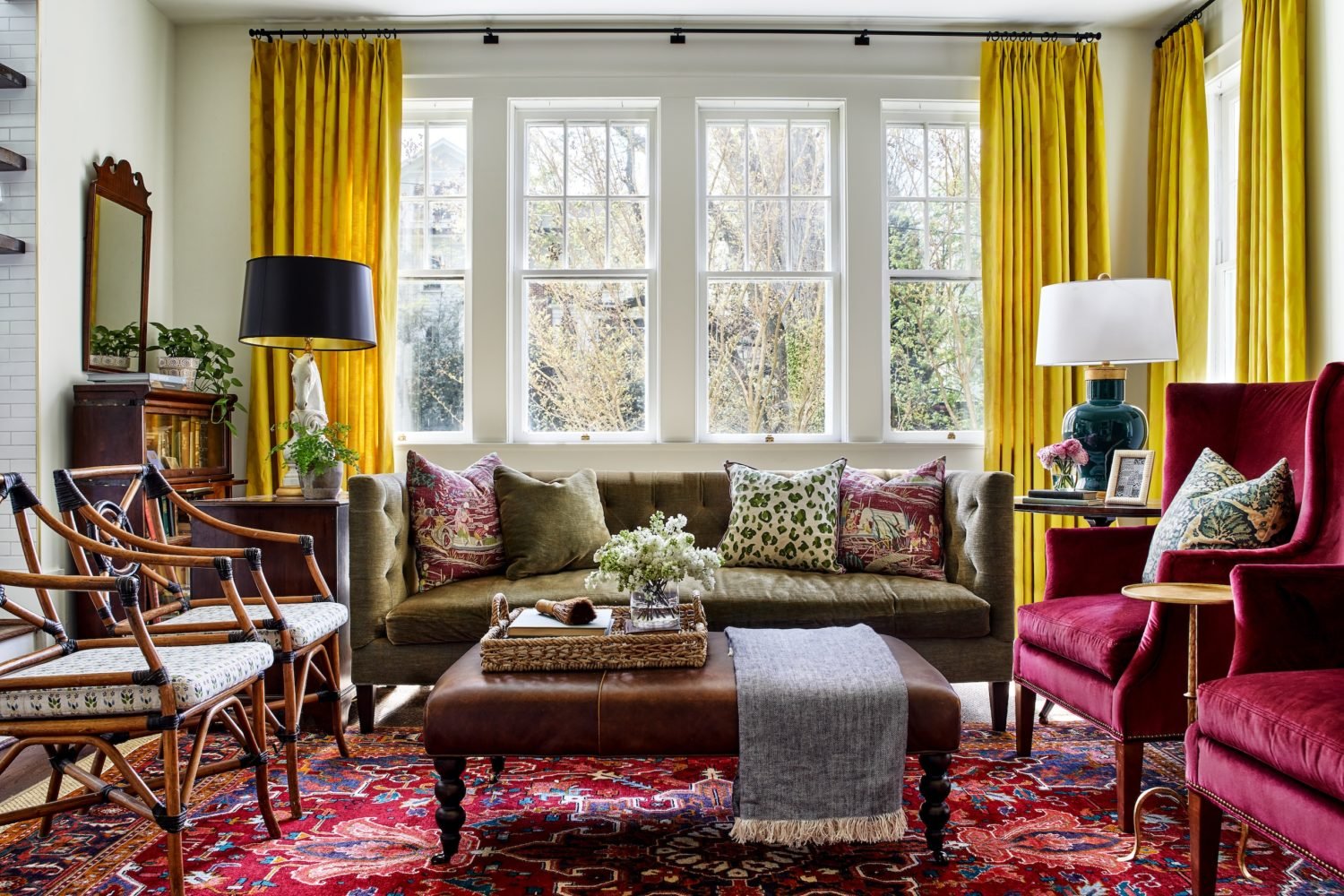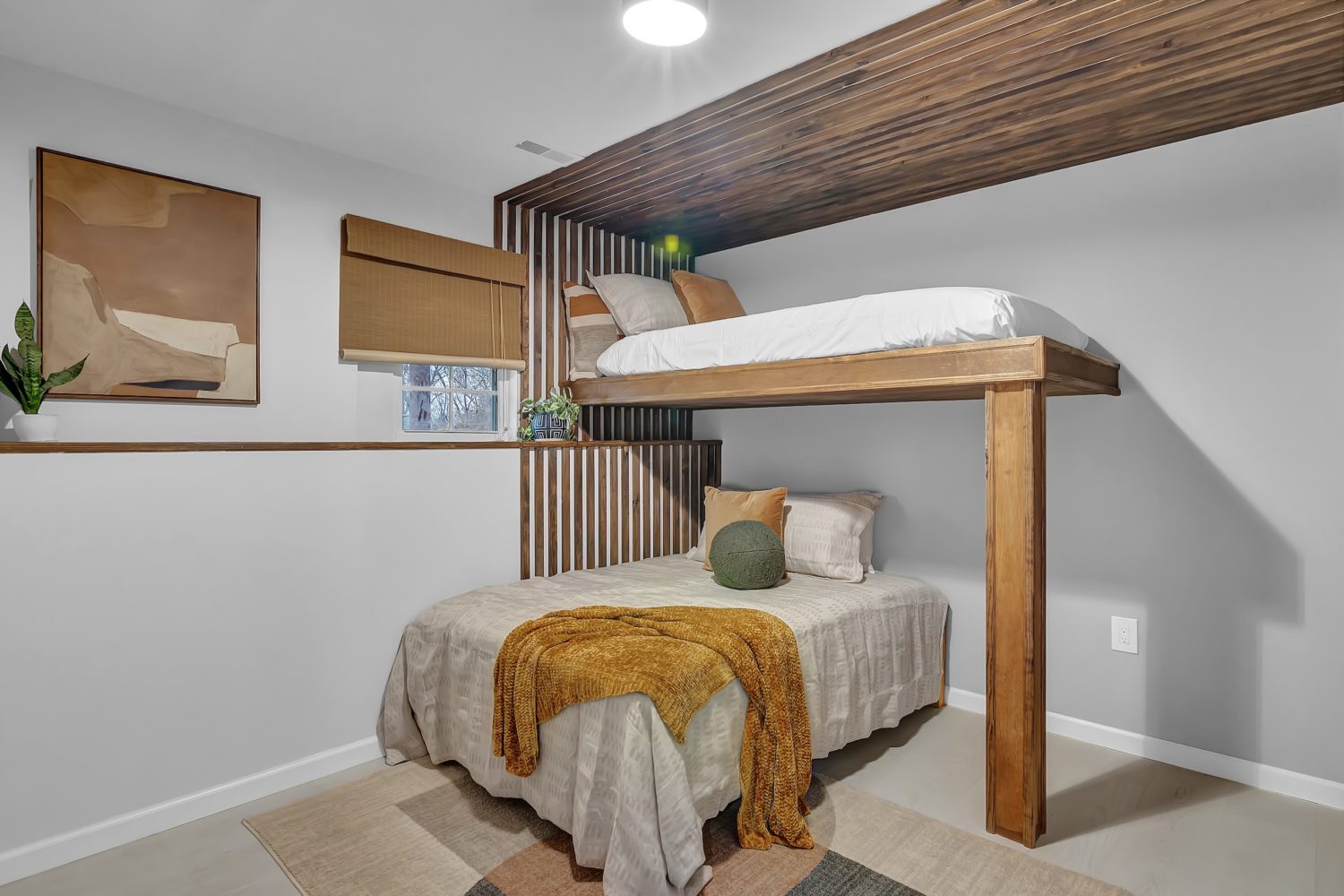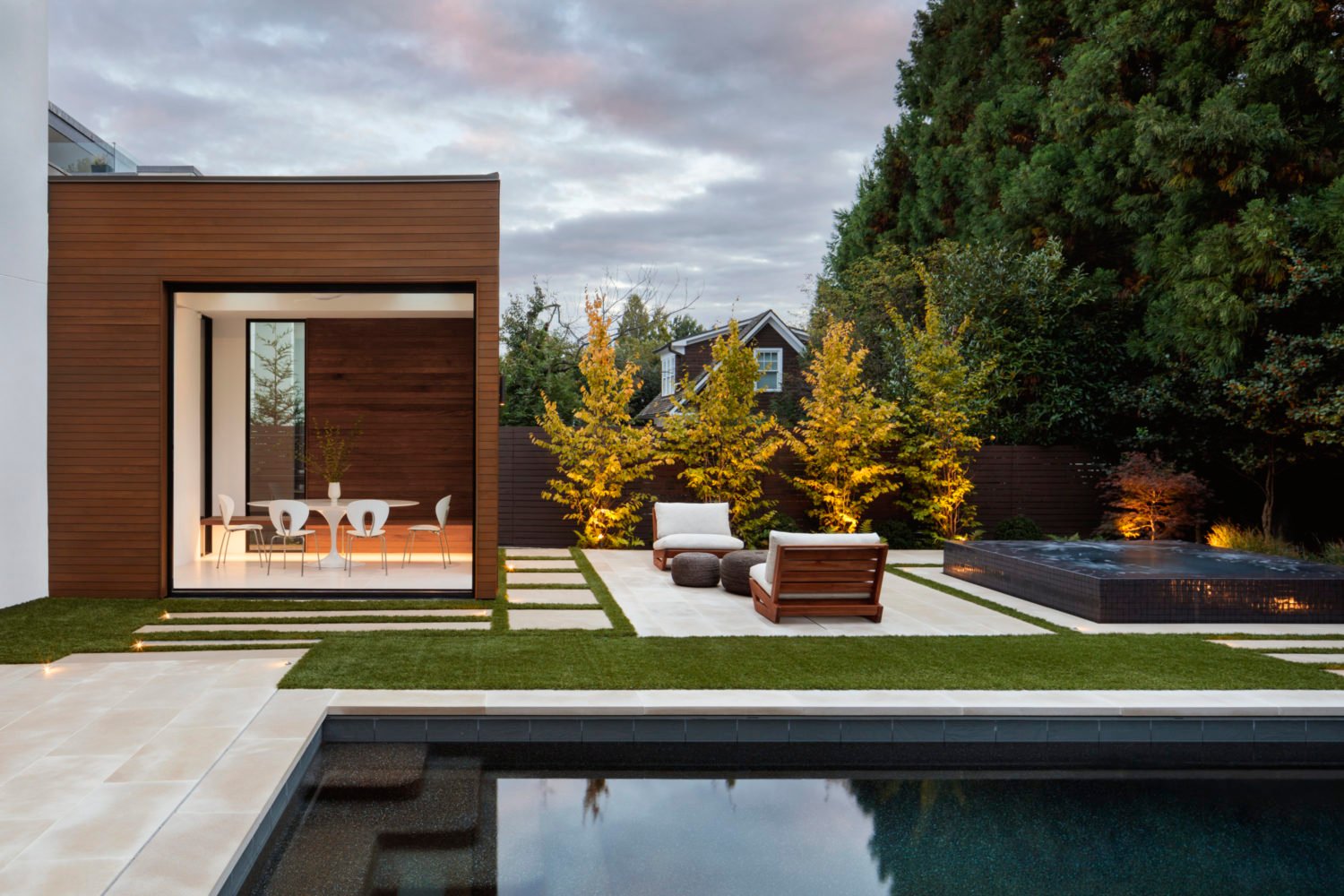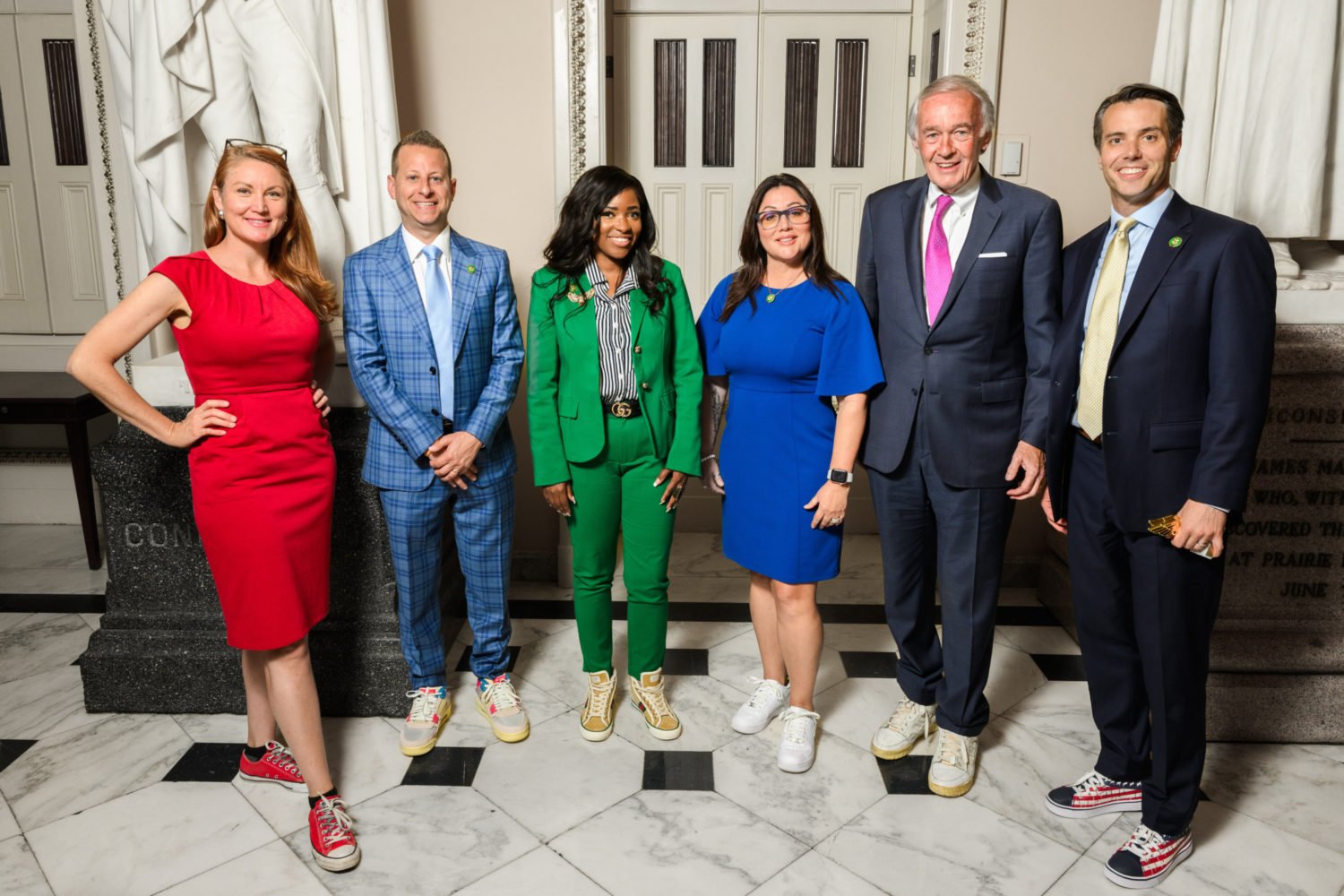Neither exactly British nor strictly a basement, the English-basement apartment has long been the first rung on the DC young-professional rental ladder—and a kind of shared experience for Washington strivers.
According to George Washington University architectural historian Richard Longstreth, fashionable houses built around Dupont Circle in the early 20th century included a servants’ floor at ground level. Besides providing light and ventilation to the kitchen, laundry, and other functional rooms, this new style—inspired by urban mansions in Europe—elevated the formal residential rooms, giving them a new grandeur. The lower floor came to be known as an English basement, and a 1913 Washington Star article cited a vogue for it among “people of means who come to Washington for the winter season” with an eye to frequent entertainment.
That social context shifted sharply as first the Depression, then the New Deal and World War II brought unprecedented numbers of government workers to Washington, many of them women—so-called government girls. Patriotic city residents opened up their homes, particularly the increasingly servantless semi-subterranean floors, says G. Martin Moeller Jr., a senior curator at the National Building Museum. Ever since, English basements all over the District have been connected with young, transient, often idealistic newcomers—precisely the kind of renters who can tolerate light deprivation, mildew, and the occasional vermin and torrential leak. On Craigslist, the designation appears more than four times as often in its DC listings as in New York, Boston, or Philadelphia.
The actual definition of “English basement” can vary with the average rent in town. Housing code requires aboveground windows, separate exits, and adequate ventilation in basement rentals, but it doesn’t bar a landlord from assigning any dank cellar a certain Anglophilic flair. Journalist Amy Sullivan remembers paying $575 a month for a hidey-hole on Capitol Hill in the mid-’90s that was infested with enormous, high-jumping camelback crickets. “I slept with the covers over my head for an entire year,” she says.
In recompense, living downstairs in an erstwhile mansion puts Washington’s aspirants close to the world they seek to inhabit. Sullivan’s apartment was next door to the home where then-senator Bob Graham threw his legendary fundraisers, giving her a sidewalk view of politics in practice: “I remember sitting on my couch and realizing that Mr. Jefferson [Sherman Hemsley of TV’s The Jeffersons] was standing right in front of my apartment.”
This article appears in our November 2015 issue of Washingtonian.

